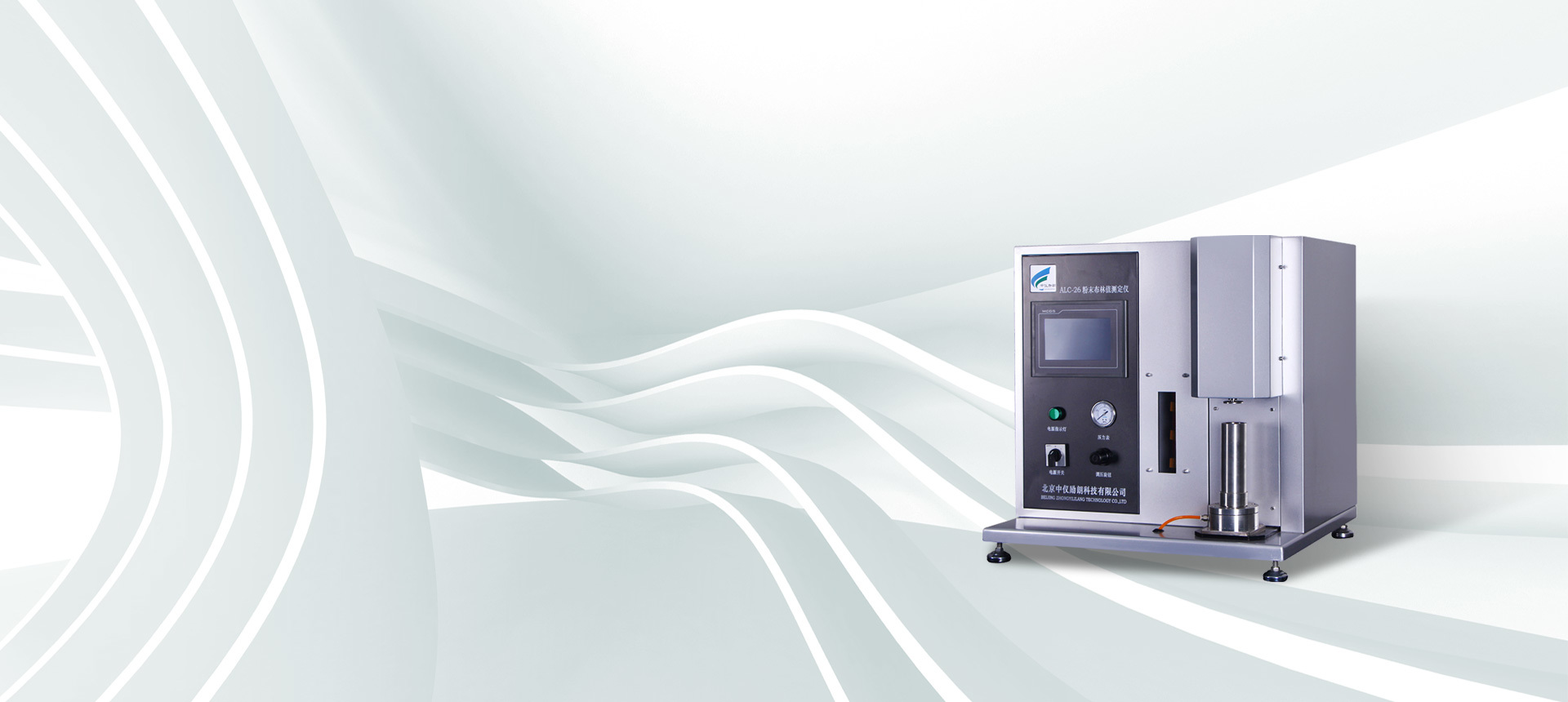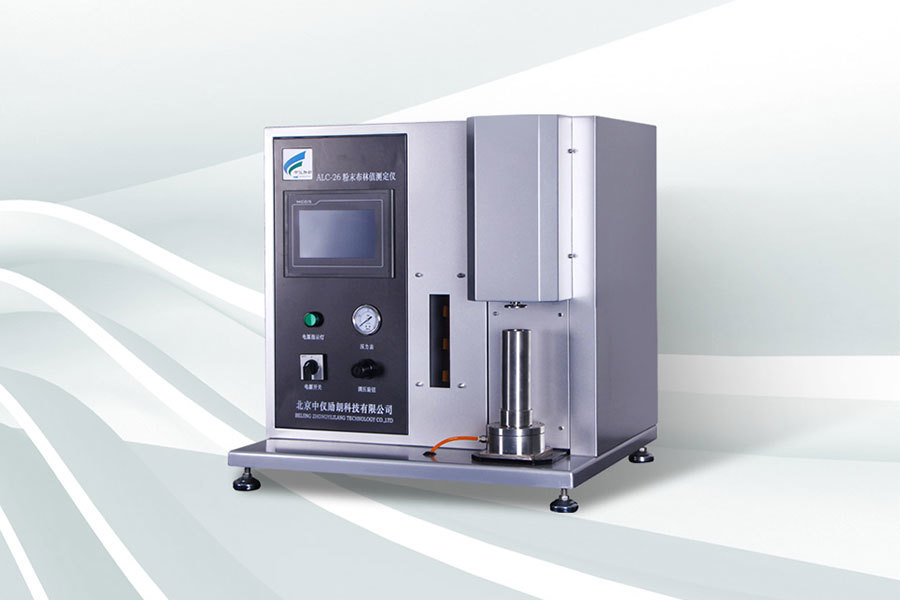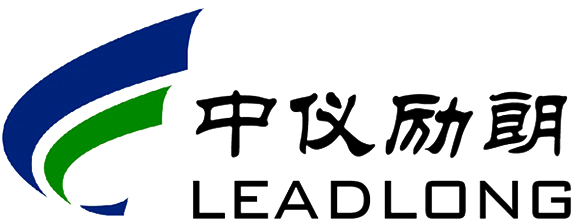Exploring the Newest Thermal Conductivity Tester
Jul 17,2025

1. Introduction to Thermal Conductivity Testing
Thermal conductivity testing is a critical process that measures a material's ability to conduct heat. This trait is essential in various sectors, including electrical engineering and the manufacturing of specialized instruments. Understanding thermal conductivity is vital for ensuring energy efficiency and maintaining the integrity of products in applications ranging from insulation materials to electronics. In this article, we delve deeper into the latest thermal conductivity testers designed to enhance precision and reliability in testing.
2. Importance of Thermal Conductivity in Various Industries
The significance of thermal conductivity extends across numerous industries. In electrical engineering, for instance, managing heat dissipation is crucial to prevent equipment failure and enhance performance. Additionally, industries such as construction, automotive, aerospace, and even food production rely heavily on accurate thermal measurements to ensure product quality and safety.

2.1 Electrical Engineering
In electrical engineering, thermal management is essential. Components such as semiconductors and circuit boards must operate within specific temperature ranges. The use of advanced thermal conductivity testers allows engineers to predict how materials will behave under different thermal conditions, optimizing design and performance.
2.2 Construction and Insulation
Building materials must possess adequate thermal insulation properties to ensure energy efficiency in buildings. Thermal conductivity testers help manufacturers create materials that meet regulatory standards while minimizing energy consumption.
2.3 Automotive and Aerospace
In the automotive and aerospace sectors, thermal conductivity is crucial for safety and efficiency. Components must withstand extreme temperatures without compromising structural integrity. Accurate testing ensures that materials used in these industries fulfill rigorous safety standards.
3. Latest Technology in Thermal Conductivity Testing
The latest advancements in thermal conductivity testing technology have revolutionized the way materials are assessed. Traditional methods, while effective, often suffer from limitations in accuracy and efficiency. Newer technologies have emerged that provide significant improvements in these areas.
3.1 Laser Flash Analysis (LFA)
One of the most notable advancements is the Laser Flash Analysis (LFA) technique. This method utilizes a laser pulse to heat the sample's surface and measures the resulting temperature change. LFA offers high precision and is suitable for a wide range of materials, making it a preferred choice for many industries.
3.2 Transient Plane Source (TPS) Method
The Transient Plane Source method is another innovative technique that enhances the accuracy of thermal conductivity measurements. It employs a sensor that acts as both the heat source and the temperature sensor, allowing for rapid and efficient testing of various materials.
4. Key Features of the Newest Thermal Conductivity Testers
Modern thermal conductivity testers come equipped with a variety of features designed to enhance user experience and testing accuracy. Understanding these features can help users make informed decisions when selecting a tester.
4.1 High Precision Measurements
The newest testers provide high precision measurements, often with a margin of error as low as 1%. This precision is crucial for applications where even minor deviations can lead to significant performance issues.
4.2 User-Friendly Interfaces
Most advanced thermal conductivity testers now feature intuitive user interfaces. These interfaces simplify the testing process, allowing users to quickly set parameters and obtain results without extensive training.
4.3 Portability
Many modern testers are designed with portability in mind. Compact and lightweight models allow for easy transportation and use in various environments, making them suitable for field testing.
4.4 Advanced Data Analysis
The integration of software for advanced data analysis has become a standard feature in new thermal conductivity testers. Users can easily analyze results, generate reports, and share findings with colleagues, enhancing collaboration and decision-making.
5. Applications of Thermal Conductivity Testers
Thermal conductivity testers find applications across a broad spectrum of fields. Their versatility makes them indispensable in ensuring quality and compliance with industry standards.
5.1 Research and Development
In research and development, thermal conductivity testers are used to analyze new materials. These insights can lead to the creation of innovative products that meet the evolving demands of industries.
5.2 Quality Control
Manufacturers utilize thermal conductivity testers as part of their quality control processes. Ensuring that materials meet specified thermal conductivity requirements helps maintain product consistency and reliability.
5.3 Academic Studies
In academic settings, thermal conductivity testers support various studies focusing on material science and engineering. Researchers can conduct experiments that contribute to the advancement of knowledge in these critical fields.
6. How to Choose the Right Thermal Conductivity Tester
Selecting the right thermal conductivity tester can be daunting given the variety of options available in the market. Here are some key factors to consider when making your choice:
6.1 Determine Your Specific Needs
Identify the materials you will be testing and the required accuracy level. Different testers may have varying capabilities suited for specific applications.
6.2 Consider the Testing Environment
Think about where the tester will be used. If portability is essential, look for compact models that are easy to transport.
6.3 Evaluate Software Capabilities
Assess the software that comes with the tester. Advanced data analysis capabilities can significantly enhance the value of your testing process.
6.4 Compare Costs
While it's important to consider budget constraints, investing in a quality thermal conductivity tester can yield better long-term results and efficiency.
7. Maintenance Tips for Thermal Conductivity Testers
Proper maintenance of thermal conductivity testers is crucial for ensuring their longevity and accuracy. Here are some essential maintenance tips:
7.1 Regular Calibration
Calibrate your tester regularly according to the manufacturer’s guidelines. This practice ensures accurate measurements and consistent performance.
7.2 Keep the Equipment Clean
Maintain cleanliness by regularly cleaning the sensor and any other contact surfaces. This prevents contamination that could affect testing results.
7.3 Inspect for Wear and Tear
Regularly inspect your tester for any signs of wear and tear. Addressing minor issues promptly can prevent larger problems in the future.
The advancements in thermal conductivity testing technology have significantly improved the precision and efficiency of material assessments across various industries. By understanding the importance of thermal conductivity and the features of modern testers, professionals can make informed decisions that enhance operational efficiency and product quality. As we continue to explore and innovate in this field, the potential for improved energy management and material performance remains vast. Investing in the right thermal conductivity tester is not just a choice; it’s a step toward unlocking greater efficiency and success in your endeavors.
PREVIOUS:
Contact Us








